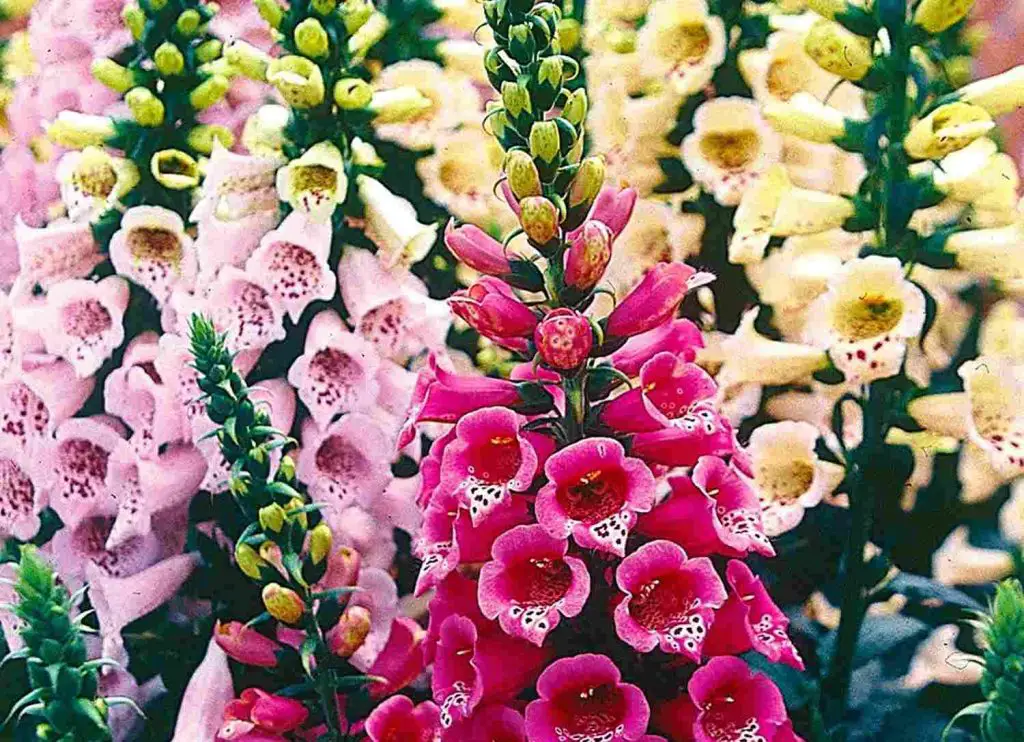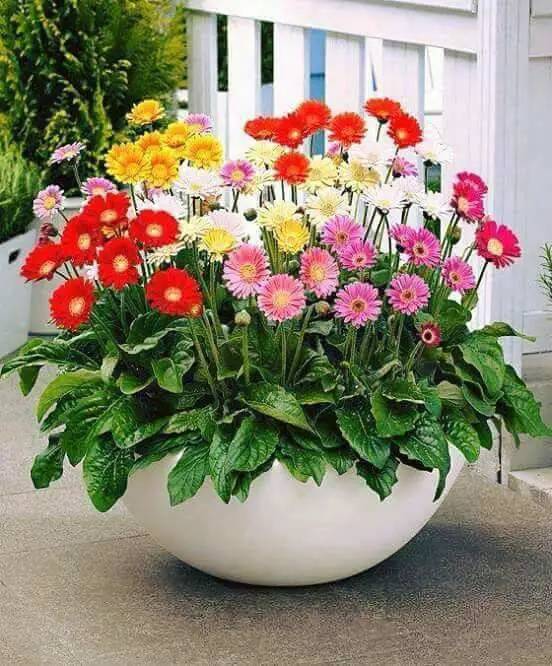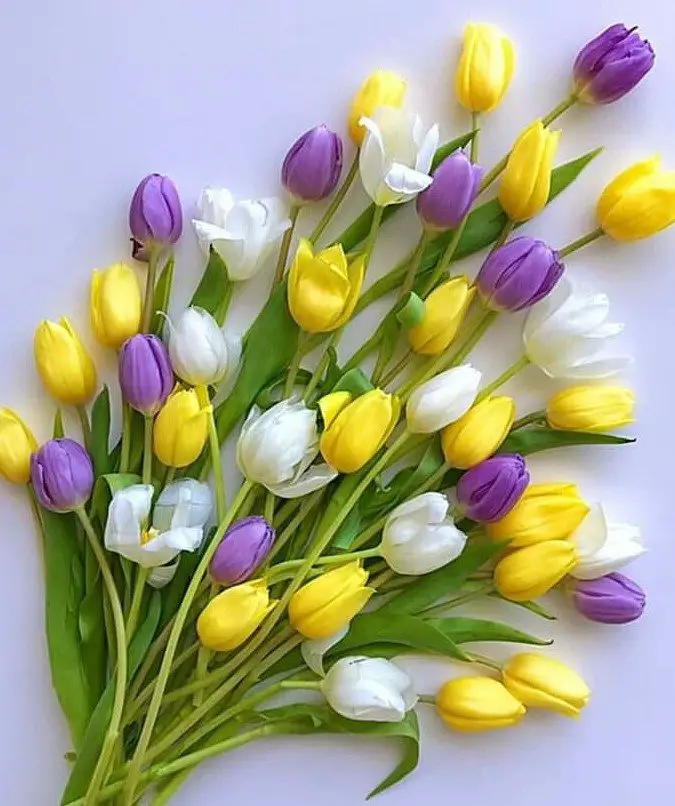Your Arkansas environment is ideal for growing and maintaining a garden full of Arkansas native plants and flowers.
The flowers or plants that are native to the area are your best bet for survival and continued growth.
They are native to the region and would look nice on the natural landscaping and all other places.
What plants thrive in Arkansas?
To find low-maintenance native plants, adapted to Arkansas’s climate, and non-invasive, gardeners need to search a little closer to home.
Plants that are doing well in the wild in the south, such as those found along the sides of roads and in forested regions, should do well in home settings as well.
Plants that have been growing in a certain area for thousands of years have been said to be “native” or “indigenous”.
They’re used to the hot, dry, or humid temperature of the area, as well as the rocky soil or thick clay that makes up the rest of the landscape.

Most of the local flora is robust and tolerant of extreme temperatures, meaning it may thrive in either the summer or winter, or either dry or rainy situations, without nocial attention.
Every native plant species interacts with the other creatures in its ecosystem.
The native plant may flourish in the circumstances for which it was designed, but it won’t be able to take over the garden because of the natural balance that exists among the species there.
As a result, non-native species seldom become invasive, unlike those that have been brought in from elsewhere (such as the very invasive privet, bamboo, kudzu, and vinca).
What flowers bloom in Arkansas?
The Butterfly Bush is a 6 to 12-foot-tall, 4 to 15-foot-wide deciduous shrub.
This perennial produces cone-shaped flower heads with purple, pink, yellow, white, and red blossoms.
From early June to fall, they blossom and bring butterflies to your garden.
Once planted, coneflowers will return in bigger bunches for years.
They require around two to three years to develop.
These daisy-like blooms have a cone-shaped core and backward-folding petals.

Traditional purple coneflowers with orange cores are joined by yellow, orange, and red varieties with yellow or green centers.
Coneflowers like full light and well-drained soil.
Clematis vines love to grow in the shadow since their roots need cold, wet soil.
Morning light and midday shade are perfect with 2 to 3 inches of organic mulch keeping roots cool and wet.
Mid to late summer Clematis Jackmanii blooms blue-purple.
Which flowers can I plant that will bloom all summer?
Rudbeckia is a safe bet for providing continuous color in a perennial garden.
The classic rudbeckia, sometimes known as Black-Eyed Susan, is yellow with a center of chocolate color, but there are multiple other colors and patterns to select from.
While “Cheyenne Spirit” blooms in an array of yellows, oranges, and mahoganies, “Prairie Sun” produces yellowy-gold petals with green cores.
If you have ordinary to poor soil and a sunny spot, Rudbeckias will thrive there.
From early summer into October, this herbaceous perennial will be a welcome sight in the yard thanks to its towering spikes of small purple flowers.
It’s a great option for a pollinator garden since it draws in insects like bees and butterflies, but you could also just choose it because it looks nice.

Salvia provides both height and texture when planted alongside low-lying perennials.
Full light and medium, well-drained soil are ideal growing conditions for this plant.
This herbaceous perennial blooms all summer long, from June to September, with dazzling white flowers that mature to a range of purple tones.
The blooms have a similar appearance to cornflowers, with their forked petals and a thick core of tiny, white florets.
It thrives on typical, well-drained soil and requires full light for optimal growth.
Which outdoor flowers bloom all year?
A perennial plant returns year after year.
After a fatal frost in the fall, perennials such as daylilies, asparagus, and host entirely die back to the ground and then grow again in the spring.
Other types of evergreen perennials include hellebores (Lenten rose), rosemary, and lamb’s ear.
Peonies and ferns are examples of long-lived perennials, whereas dianthus and foxglove are examples of short-lived perennials.
Plants that live for several years often aren’t woody.
They become dormant throughout certain times of the year, however, some remain green year-round.
They have a blooming season that may last anywhere from two weeks to four months.
The plant’s annual, perennial, or evergreen status depends on factors such as the typical low winter temperature and high summer temperature in the area.
Perennials may bloom for a shorter amount of time but do not need to be replanted every season, while annuals are used to provide you rapid color with bedding plants or as seasonal veggies.
